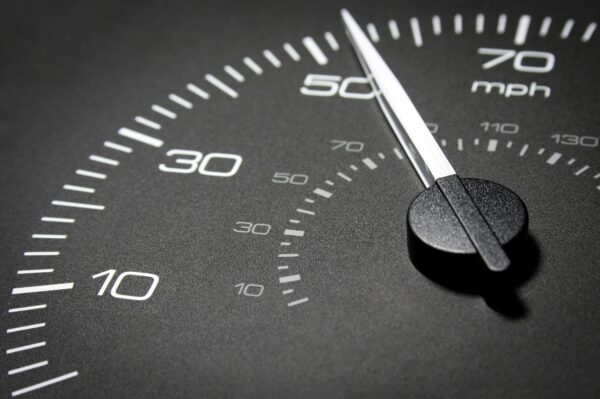
How to choose the right spark plug?
When selecting spark plugs, we choose from three aspects: appearance, calorific value and electrode material.
1, the selection of spark plug dimensions must be completely consistent with the original car, including spark plug length, thread size, electrode shape and length, and so on. In this way, the spark plug can be correctly installed in place, and will not interfere with the valve, piston, etc., while ensuring that the flame center of the combustion chamber of each cylinder is in the same position; In addition, the spark plug electrode material on the same engine must be exactly the same. Different electrode materials will affect the service life of the spark plug, and the ignition performance is different, which will lead to the unbalanced ignition performance of each cylinder.

2. Choose the calorific value of spark plug correctly. This point is not understood or ignored by many people. In fact, the calorific value of spark plug is very important, which represents the balance ability of heat absorption and heat dissipation of spark plug insulator skirt. The higher the calorific value, the stronger the balance between heat absorption and heat dissipation of the spark plug, the higher the speed of heat derived from the combustion chamber, the lower the working temperature of the spark plug, such a spark plug is called cold spark plug; On the contrary, the lower the calorific value, the worse the balance ability of the spark plug heat absorption and heat dissipation, the lower the speed of the spark plug heat from the combustion chamber, the higher the working temperature of the spark plug, such a spark plug is called the heat type spark plug. Generally, there is a number to indicate the calorific value of the spark plug in the spark plug model, but different brands of spark plug identification methods are different, there is no unified standard. For example, the common Bosch spark plug, it is the number 2~10 to indicate the heat value, the larger the number, the higher the heat value; The NGK spark plug is used to represent the calorific value with numbers from 2 to 11, and the larger the number, the lower the calorific value; Others such as electric spark plug, it is the number 9~35 to indicate the calorific value, the larger the number, the lower the calorific value.

Generally, the engine with high power and high compression ratio chooses the cold type spark plug with high calorific value; On the contrary, the engine with low power and small compression ratio chooses the hot type spark plug with low calorific value. The average family car mostly uses the spark plug of medium heat value. However, many engines now use turbocharging, direct injection in the cylinder, variable valve timing and lift and even variable compression ratio and other new technologies, so the selection of spark plugs is not completely follow this rule. Generally, automotive engineers will determine the type and calorific value of spark plug after strict calculation and experiment, so we must choose the spark plug with the same calorific value of the original car when replacing the spark plug, not allowed to change.
So what happens if we use a spark plug with the wrong heat value? For example, the use of high calorific value of the cold type spark plug, but the use of low calorific value of the hot type spark plug, then it will lead to poor heat dissipation of the spark plug, spark plug temperature is high, when the combustion chamber combustible mixture and hot insulator contact, will occur hot ignition, resulting in early engine combustion or knock, serious will even make the spark plug burn; If on the contrary, should use a low caloric value of the hot type spark plug, but the use of a high caloric value of the cold type spark plug, then it will lead to the spark plug heat dissipation too fast, the spark plug temperature is low, can not reach the self-cleaning temperature of the spark plug, the carbon on the spark plug will increase, affect the normal ignition of the spark plug, make the engine jitter, acceleration stop and other failures.

3, reasonable selection of spark plug electrode material. When we choose spark plugs, we will find platinum, iridium and nickel copper alloy spark plugs, these several “gold” refers to the spark plug electrode material. Because spark plug ignition mainly depends on the electrode of the head, so the electrode material will directly affect the performance of spark plug. In general, the better the electrode material, the better the performance of the spark plug, such as platinum and iridium plugs than nickel-copper spark plugs will perform better and last longer.
But we do not have to blindly pursue the so-called “high performance” spark plug, the excellent performance of these “high performance” spark plug in the engine high speed, high load can be reflected, for ordinary home cars, daily transport can rarely encounter such conditions, in fact, a bit of technology surplus, the improvement of engine performance is very limited. So my advice is to use ordinary nickel-copper spark plugs for small displacement naturally aspirated engines, and platinum or iridium spark plugs for supercharged engines and high speed and high strength engines.



